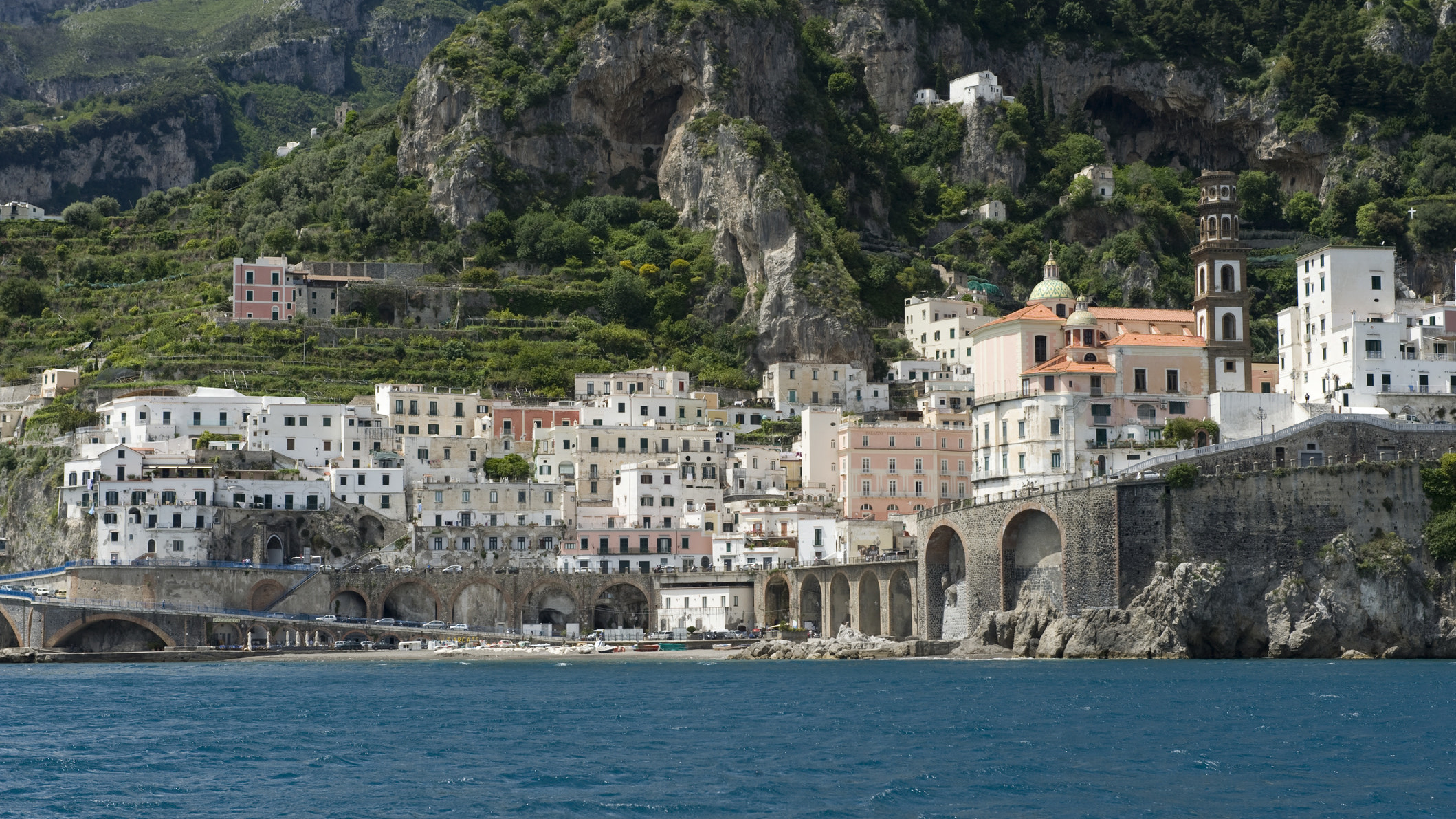A Pasta That Was Once Illegal Is Now Beloved By Italy's Top Chefs
If you were ever required to read Upton Sinclair's The Jungle in middle school, then you have some understanding of the shitshow that was our nation's food industry until the success of Sinclair's novel spurred the establishment of the Food and Drug Administration to set things right. Worker conditions in meat packing and other food processing plants were poor and health and safety violations were everywhere; it was no sort of environment for the preparation and packaging of anything we intended to eat.
But lack of regulation wasn't a reality unique to the United States; in early 20th-century Italy, a type of highly affordable pasta, Stroncatura, was popular among the poor people of the Calabria region. The reason Stroncatura was so cheap was that it was created from the sweepings on the factory floor at the end of each workday: the leftovers of various types of grain milling, mixed with whatever dirt, grit, dust, and grime was swept up with it. Who's hungry?
VICE Italy has a great new feature on the origins of Stroncatura and its turbulent history. The pasta was eventually outlawed because—well, just recall that a hefty percentage of its dough is potentially dirt. Nevertheless, buyers remained interested not only because of the price, but because the sour taste of all these grains mixed together (plus the flavor of other "substances" involved) could easily be covered up with pungent additions like anchovies and spicy sauces. The pasta's rough surface did a better job of holding onto that sauce, too. So, despite being outlawed, the pasta survived on the black market throughout the first part of the 20th century. Without any sort of above-board labeling on the pasta, its origins grew hazy. Many towns in the region now lay claim to the delicacy—because it's now trendier than it's ever been.
These days, VICE explains, the production of Stroncatura has been regulated, and it's able to be sold widely. Speaking with Stefania and Giovanna Torre, owners of a pasta factory in Gioia Tauro, writer Cristina Rombolà explains what the once illicit pasta looks and tastes like these days:
Not all aspects of the traditional method have survived – the ingredients are durum wheat, semolina and water, minus the dirt. "We use the parts of the wheat grain that have less sugar and more fibres," the Torre sisters explained. That's what gives the dough its signature dark colour.
Trying some Stroncatura for the first time, Rombolà describes it as a "symphony of flavor," and overall it sounds like a must-try Italian dish. Although maybe it wouldn't carry quite the same thrill as eating it back when it was still illegal. Read more about it here.
